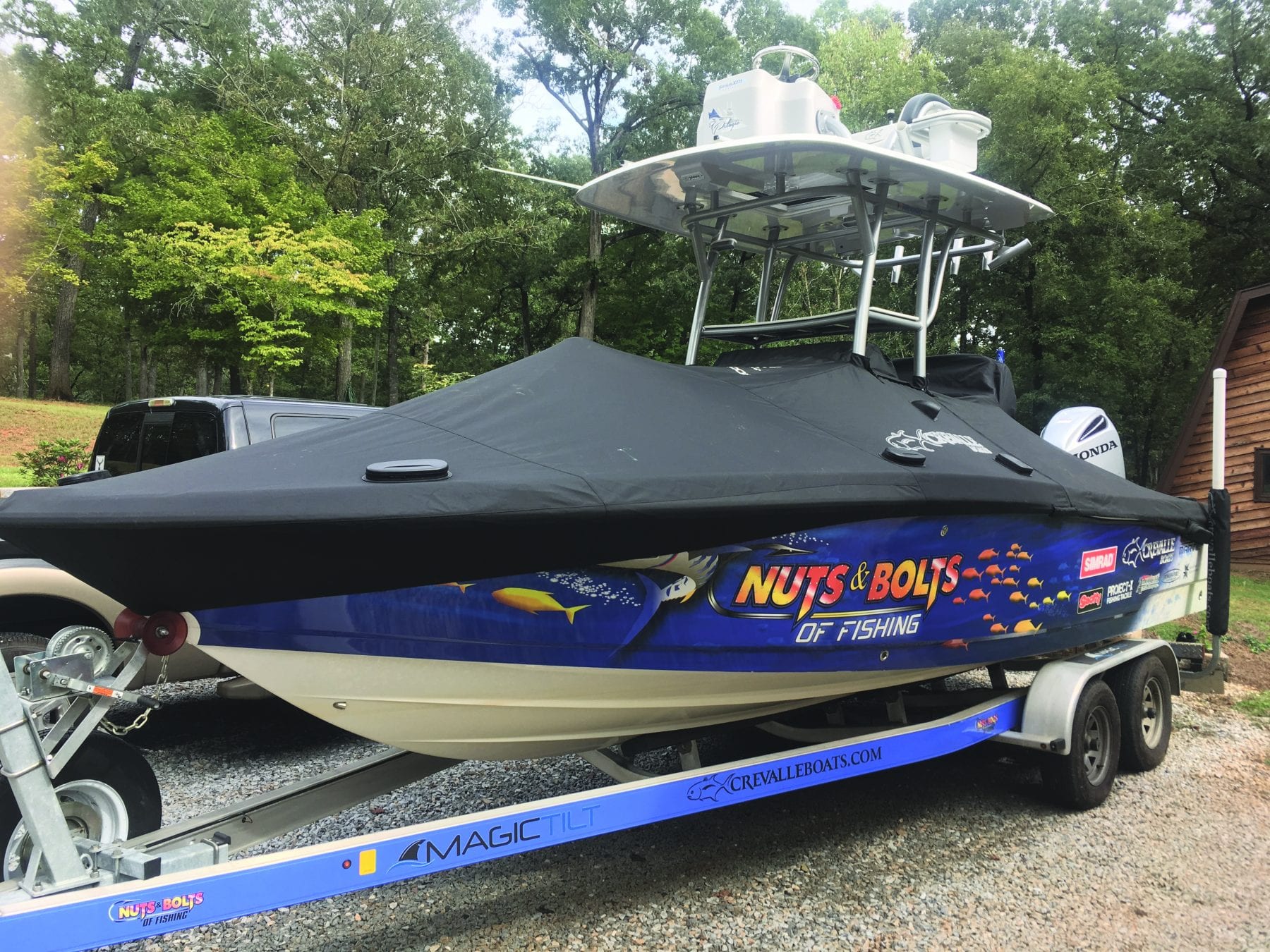By Capt. Cefus McRae, Nuts & Bolts of Fishing Series
The past few months have been crazy and even catastrophic for folks who live on both the Atlantic and Gulf coasts. Hurricanes and tropical storms have wreaked havoc from Florida to the Carolinas.
If you live far from the beach, you may think the rain and winds that appear as the storm moves inland will be diminishing along the path, and that’s usually true. However, a major storm system can dump several inches of rain in a short period of time, accompanied by winds that can reach 50 miles per hour.
If you keep your boat in the water, all that rain and wind could cause considerable damage to your boat, even 200 miles away from the coast. On our rivers and reservoirs in the Southeast, a stiff wind can cause sizeable waves. Imagine someone throwing a 2 or 3 foot wake at your boat for 5 or 6 hours, or even longer. Although your boat might be tied securely to the dock, it’s still rocking and banging against the dock edge. Fenders do a good job, but the constant rubbing against your gelcoat can leave bad marks or even scour your hull sides. While your boat is rocking, if it gets ‘out of sync’ with the dock, it could potentially get leveraged under the dock rail as the boat goes down and the dock goes up with wave motion. That’s not good.
If your boat is on a cable lift, those strong winds could get your boat swinging in the breeze to the point it slams against a piling or support, or compromises the wire connections to the point they give way.
Here’s another issue that can have even worse consequences. Let’s say you decide to keep your boat in the water. You secure it so there’s no way it can slam against a dock or come loose from its mooring. Wave motion doesn’t bother it too much, but then comes the 4 or 5 inches of rain in just a few hours. If your boat has a self-bailing cockpit and the scuppers are above the waterline, then you’re probably fine. If you have a boat without scuppers or they are below the waterline, then you have the potential for water to accumulate in the bilge, fast. Your bilge pump should be connected directly to your battery, versus requiring the ignition to be on, or the battery switch to be engaged.
Here’s the problem. That substantial amount of water will cause your bilge pump to run for hours and possibly drain your battery. If the rain continues, you’ll have a boat full of water in no time, and no way for it to be removed. The net result could be your boat swamps, or worse, sinks to the bottom. Even if the boat is still afloat, all your gear will be water-soaked, and electrical connections in the bilge area could wind up corroding.
So here is my suggestion. At the first indication of some major weather on the way, pull your boat from the water. Secure it on its trailer, or have your marina put it in dry storage for a few days. If you’re bringing it home, park it in an open area, away from trees or power lines. If you have a cover for the boat, put that on, and be sure to pull the drain plug. I’ve actually seen deflated trailer tires that resulted from the weight of a boat filled with rain water.
The folks on the coast have been doing this for years. They know the drill. So first, take care of your family, then your house, and when that’s done, take care of your boat. It will thank you for it.
